жЧ•жЫЬжЧ•, 8жЬИ 7th, 2011...7:09 AM
Enoshima walking guide
Reading time: About 3 minutes
Enoshima walking guideEnoshima is a 4km circumference Island which is about 1 hour by train away from Tokyo making it a popular tourist location. The landscape is representative of the Shonan coast of Japan and it is one of the top 100 locations in all of Japan.
There is a cavern on the far opposite end of the island which takes 40 minutes to walk up to by foot, or 30 minutes if you pay to use an escalator. During the weekend it is also possible to get there by ship which leaves from near the Enoshima station and crosses over to the cavern.
You cannot miss the Katase-Enoshima station which is designed after the Dragon Palace.
Enoshima is right this way!
It is almost summer and they are preparing to make beach houses.
The door way to Enoshima is called the вАЬBronze Torii gateвАЭ. This gateway was constructed in 1821. Once you go through the gateway you are almost there.
There is an array of dried Fish and seaweed from Sagami bay displayed at old InnвАЩs and gift shops.
If you follow the road leading to the shrine you will see a vermillion colored Shinto gate. For those who wish to ride the elevator you can buy your ticket here. But of course you can walk as well.
There are 3 locations which have Shinto shrines on Enoshima; each of which has its own guardian goddess of the ocean enshrined inside.
This first of these locations is the Hetsu-guu shrine. In 1206 this shrine was built by Sanetomo Minamoto and has become the main shrine on Enoshima.
Off to the left of the Hetsu-guu shrine there is the second shrine loacation, called Hoanden. EnoshimaвАЩs вАЬGoddess of good fortuneвАЭ is enshrined here.
Finally on the far precinct of Enoshima there is the Okutsumiya shrine. It is said that the Kamakura Bakufu, built up by Sanetomo Minamoto donated the Shrine gate and maintained this shrine.
The Sage of Enoshima is enshrined in the largest statue in all of japan. Standing at 6m tall it is a very daunting statue.
From Okutsumiya shrine you can walk down the stones steps and arrive at a stretch of rocky beach. This place is called Chigogafuchi and offers a beautiful panoramic view of the ocean and Mt. Fuji, which is visible on sunny clear days. Due to the recent earthquake this rock area has raised a bit and has become an ideal spot for surf fishing.
This is the Dragon stone which gets its name from its shape.
If you go even further to the end of the island there are the Enoshima caverns. These caverns, being created by the erosion of sea water over time, were often visited by the Great Teachers Kobo and Nichiren, and are particularly famous for being the place where Sanetomo Minamoto went to pray for victory in battle.
At Enoshima during the summer you can enjoy some fun in the sun and swim in the ocean. Other than the locations introduced here there is an aquarium, observatory, and various other fun locations. If you are lucky and it is a sunny day you will have an excellent view of Mt.Fuji from the island. If you ever have the chance to go to Enoshima do not hesitate to walk your own path and enjoy the island.









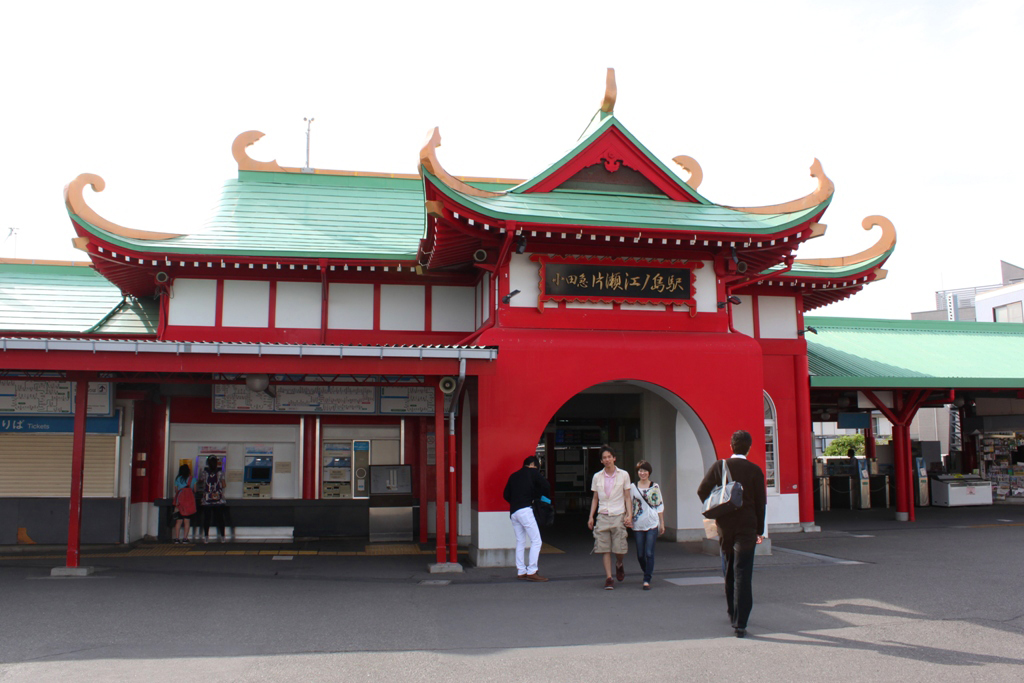
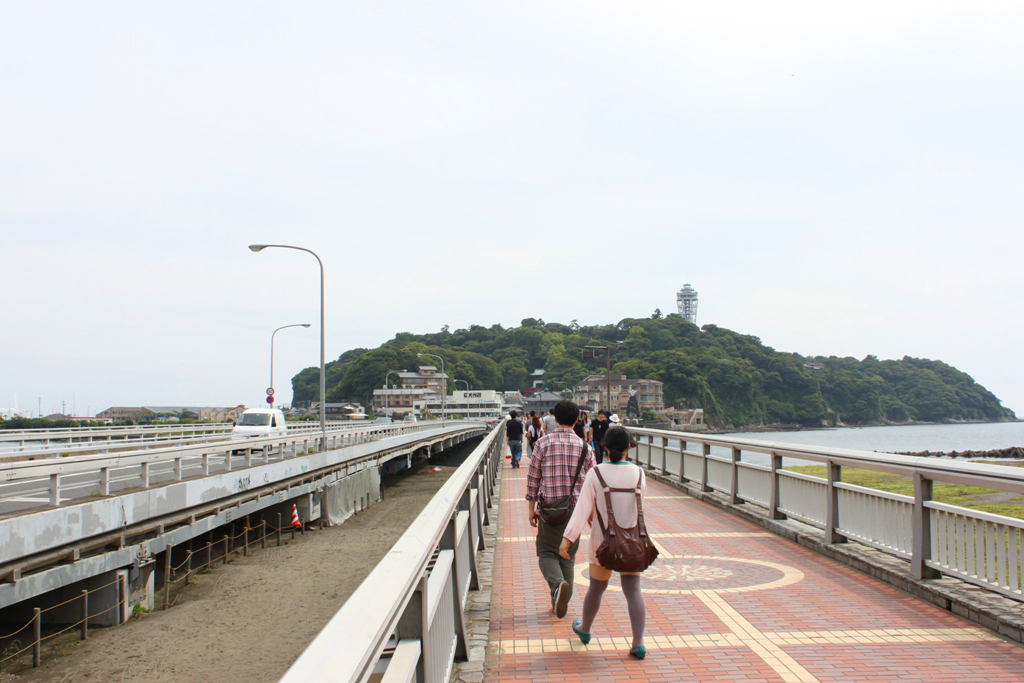
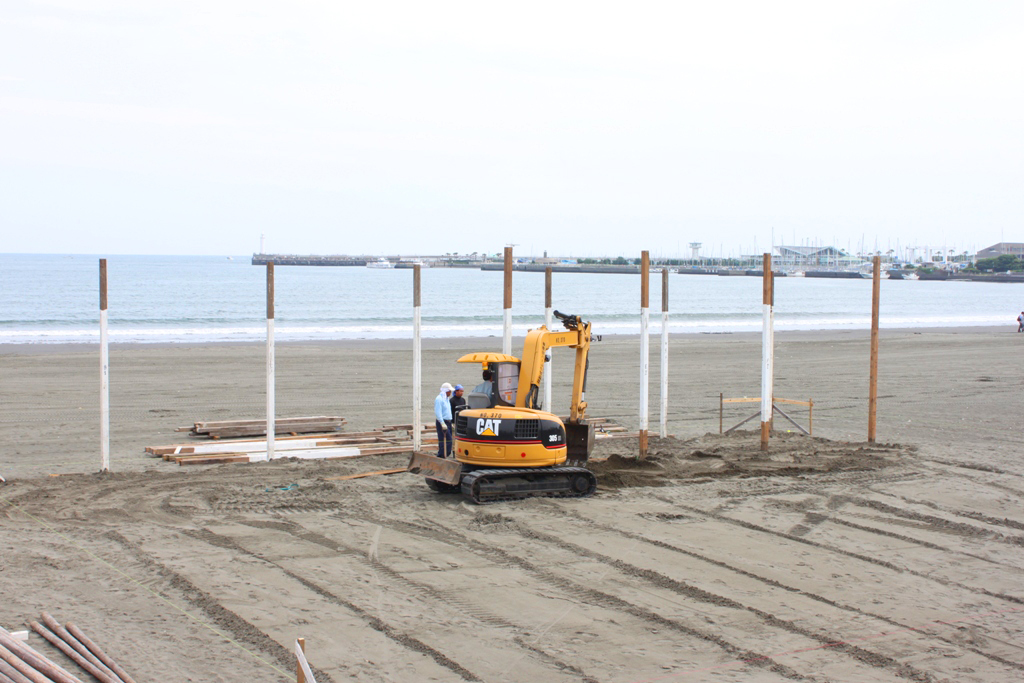
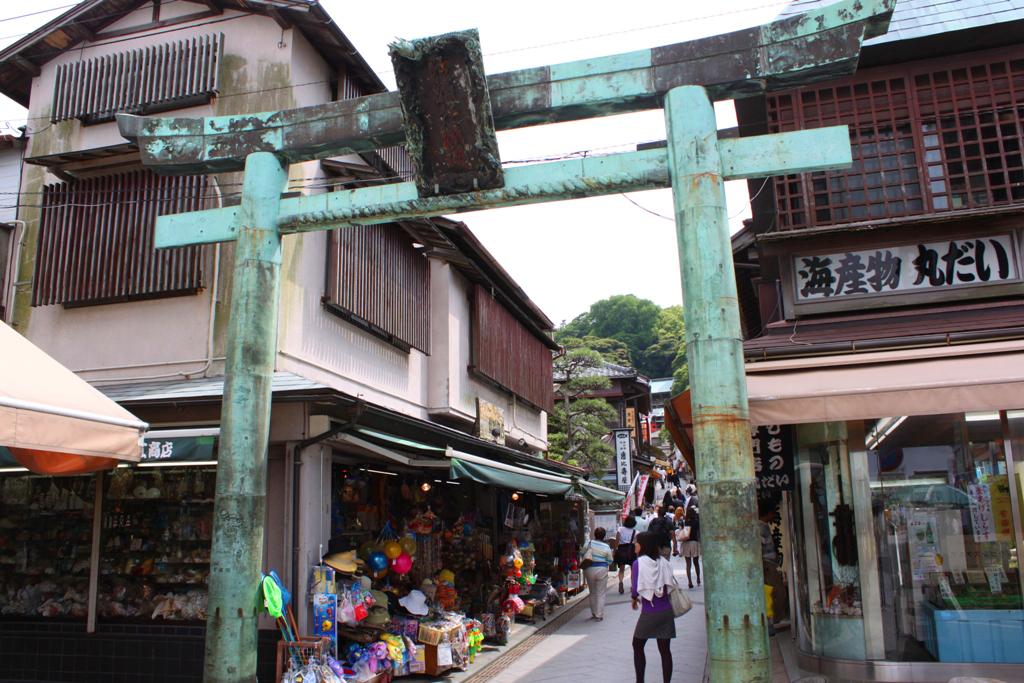
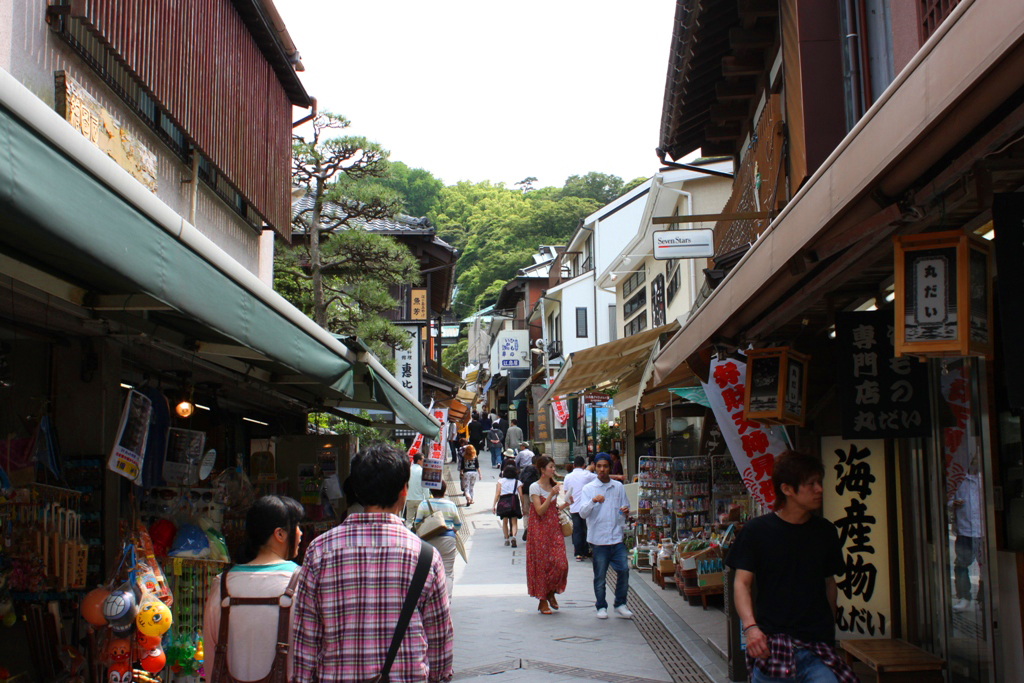
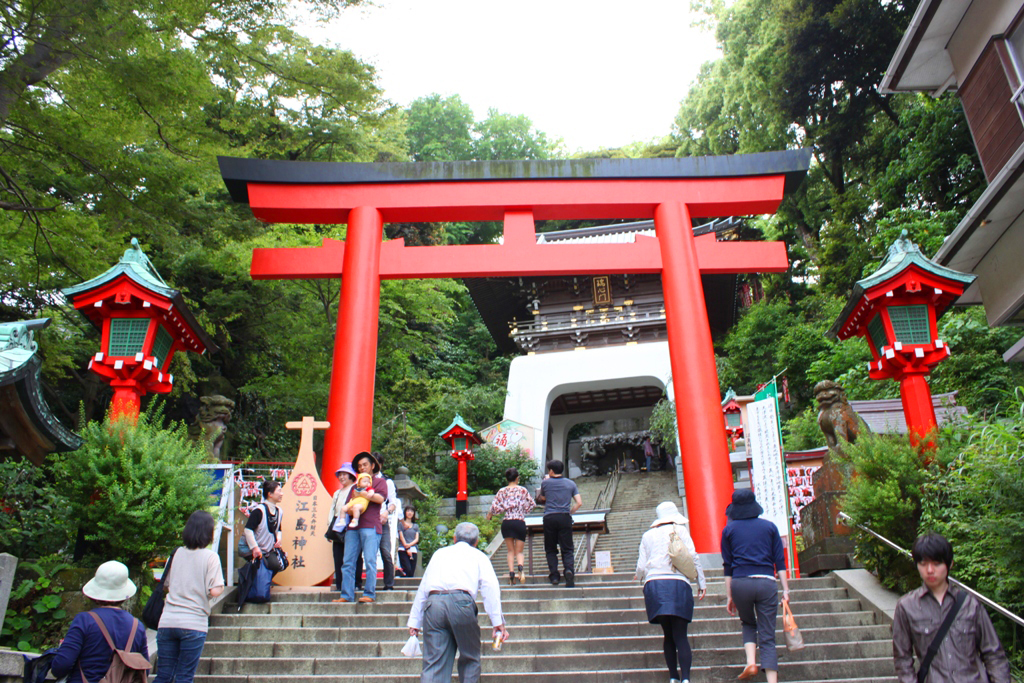
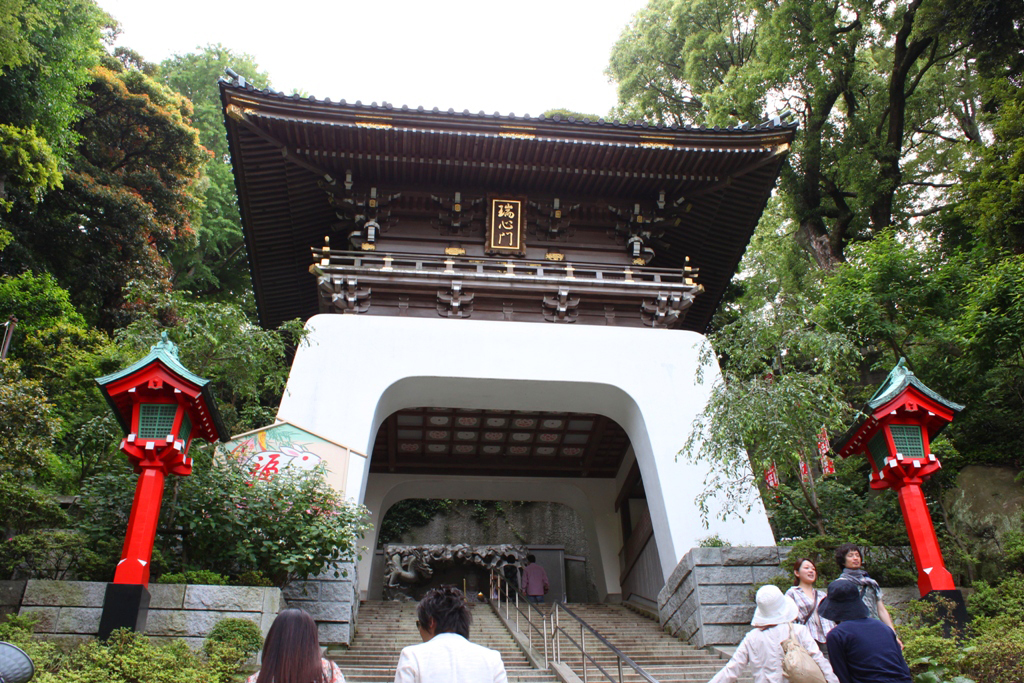
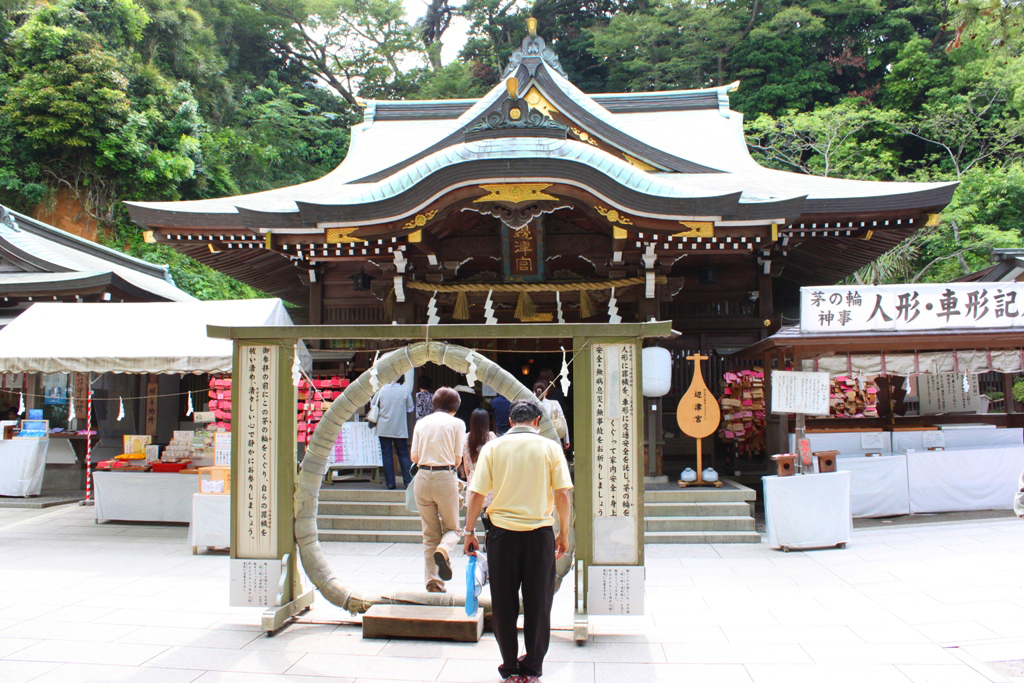
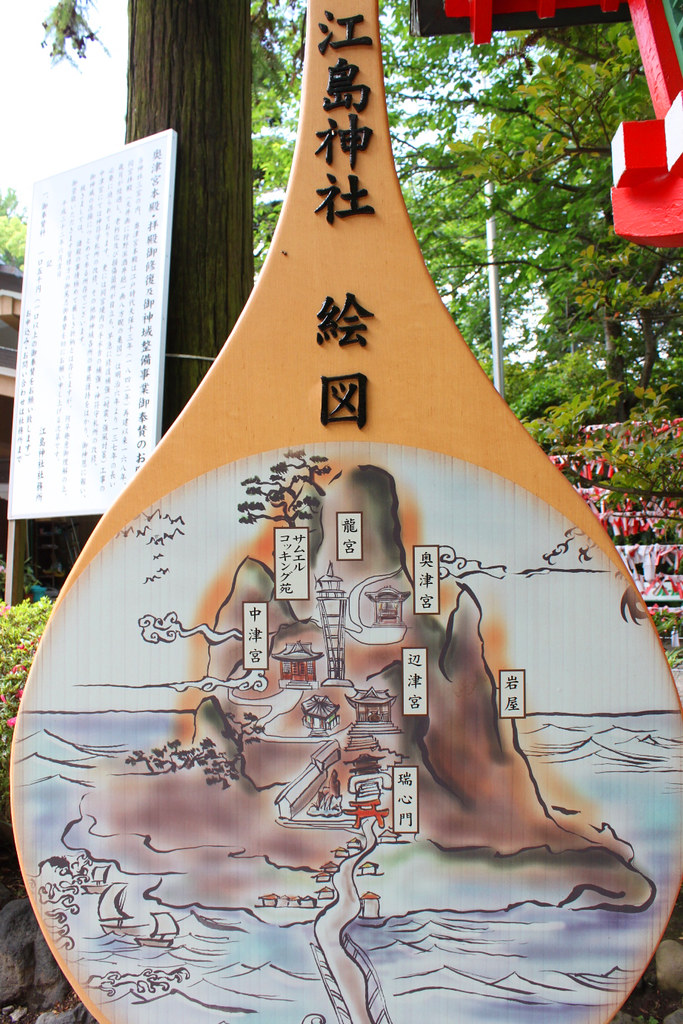
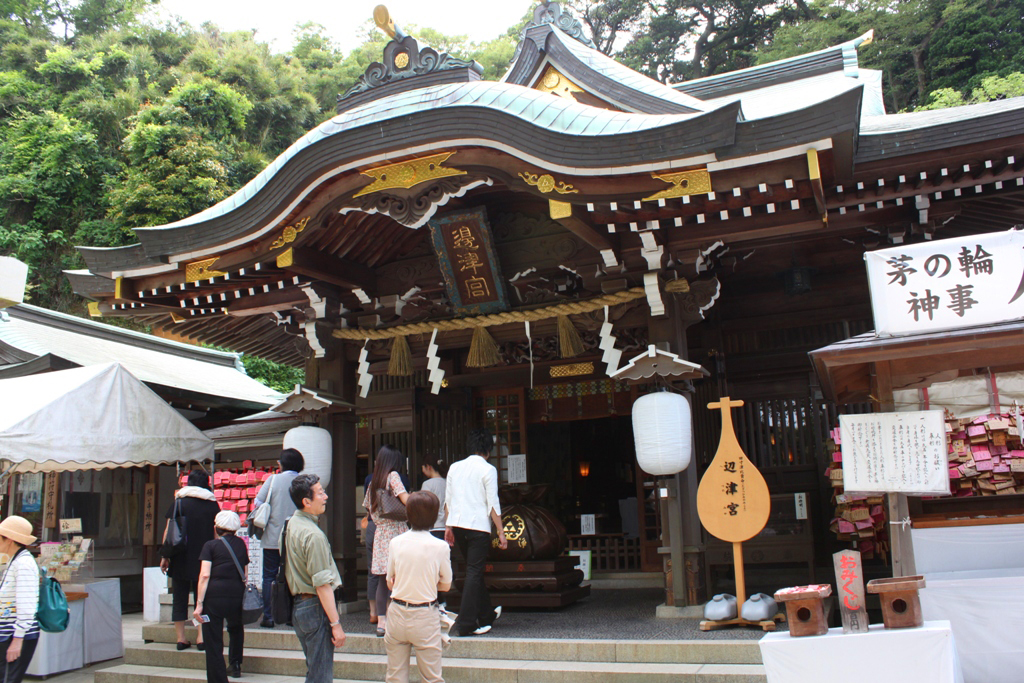

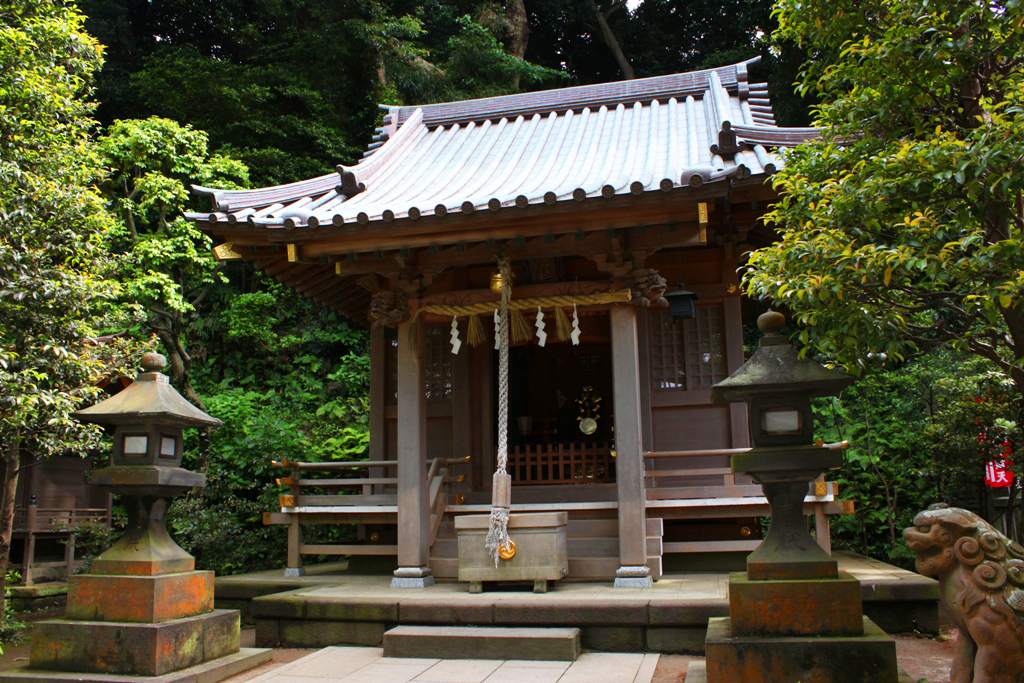


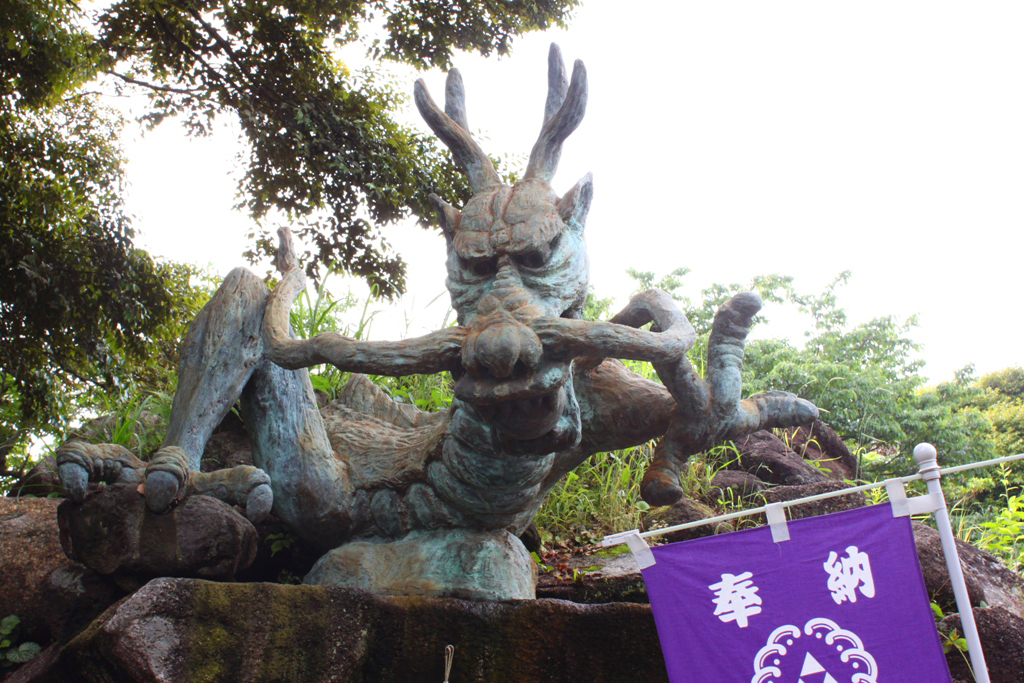



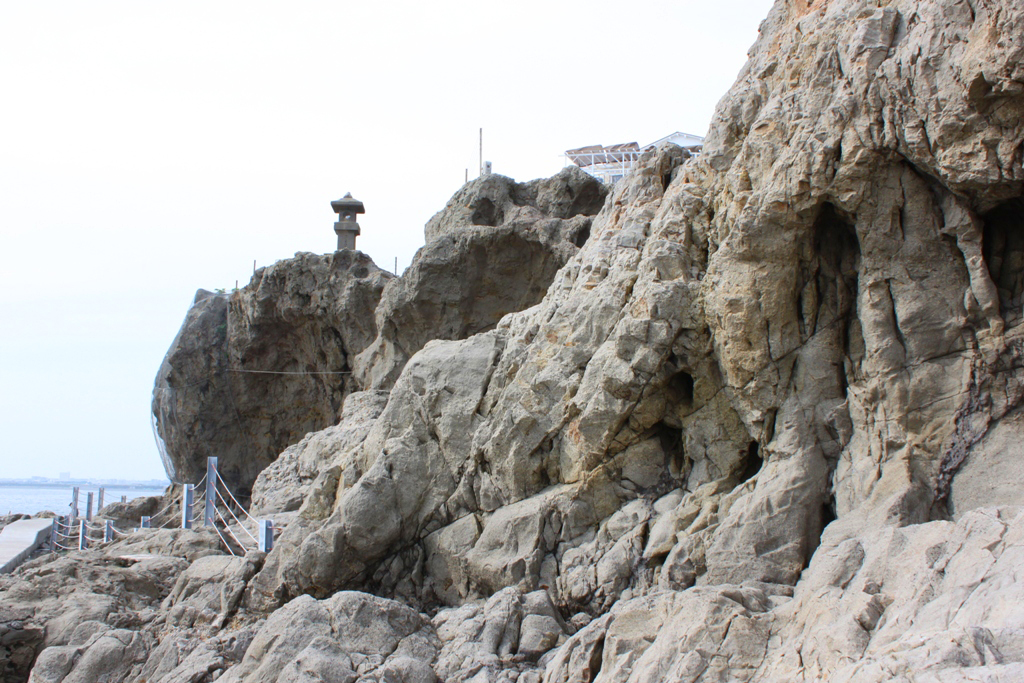
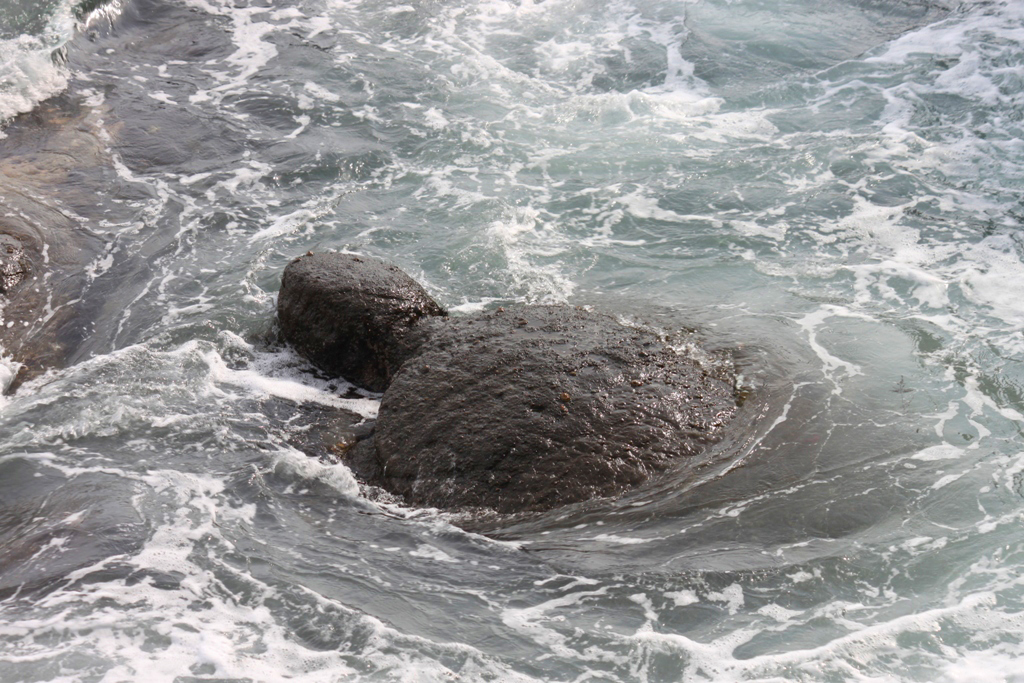
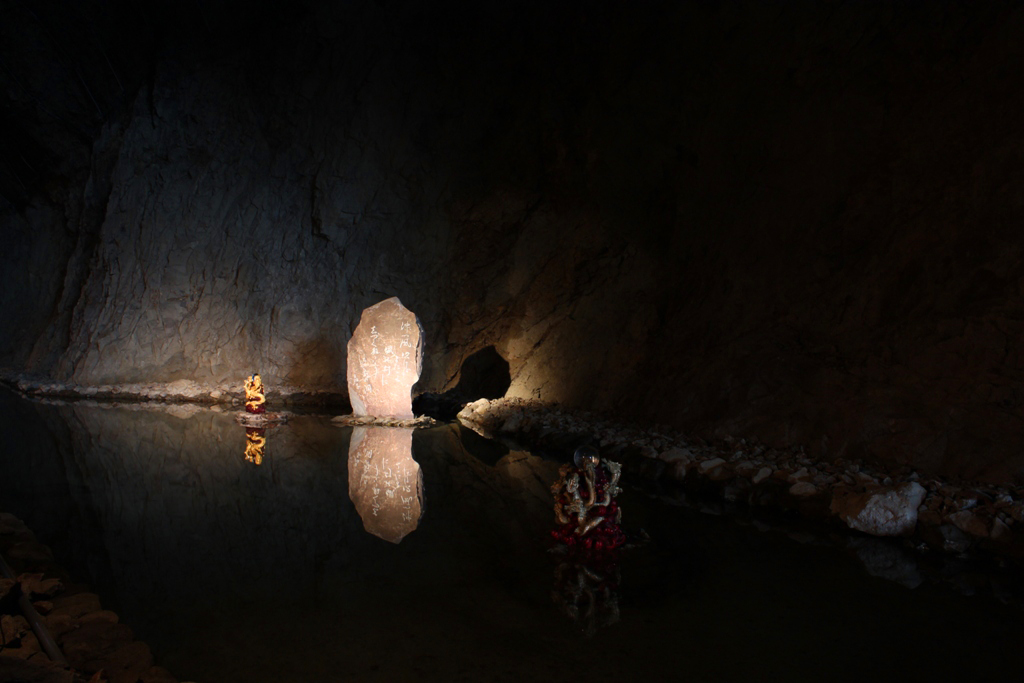











Leave a Reply